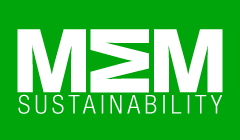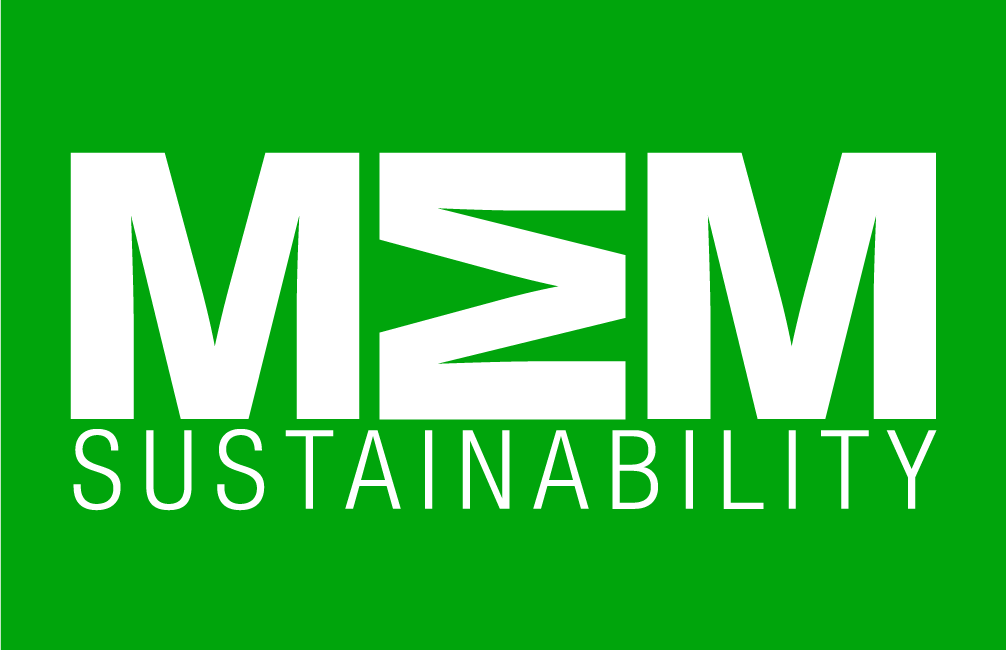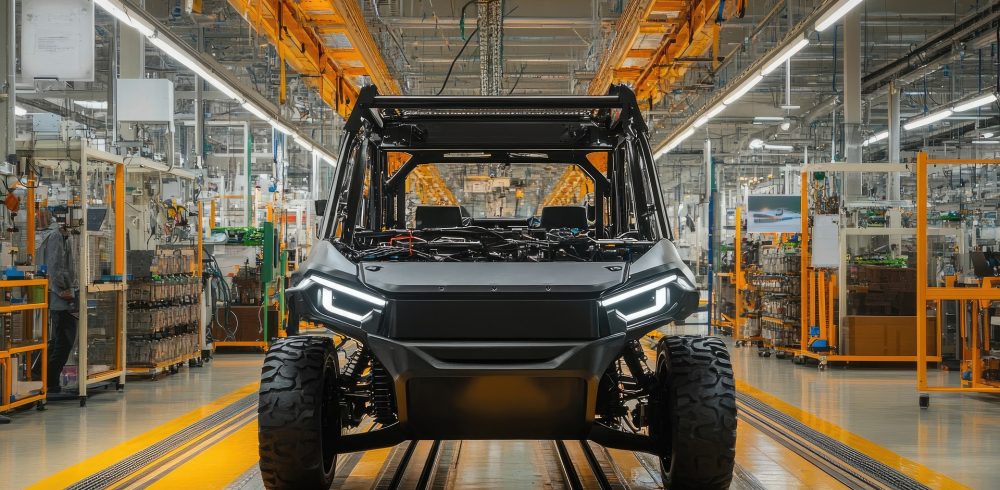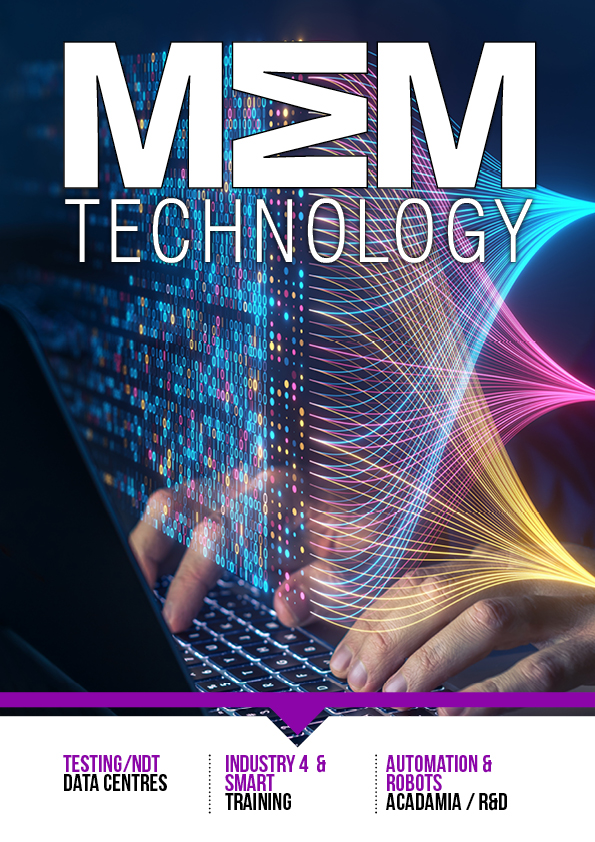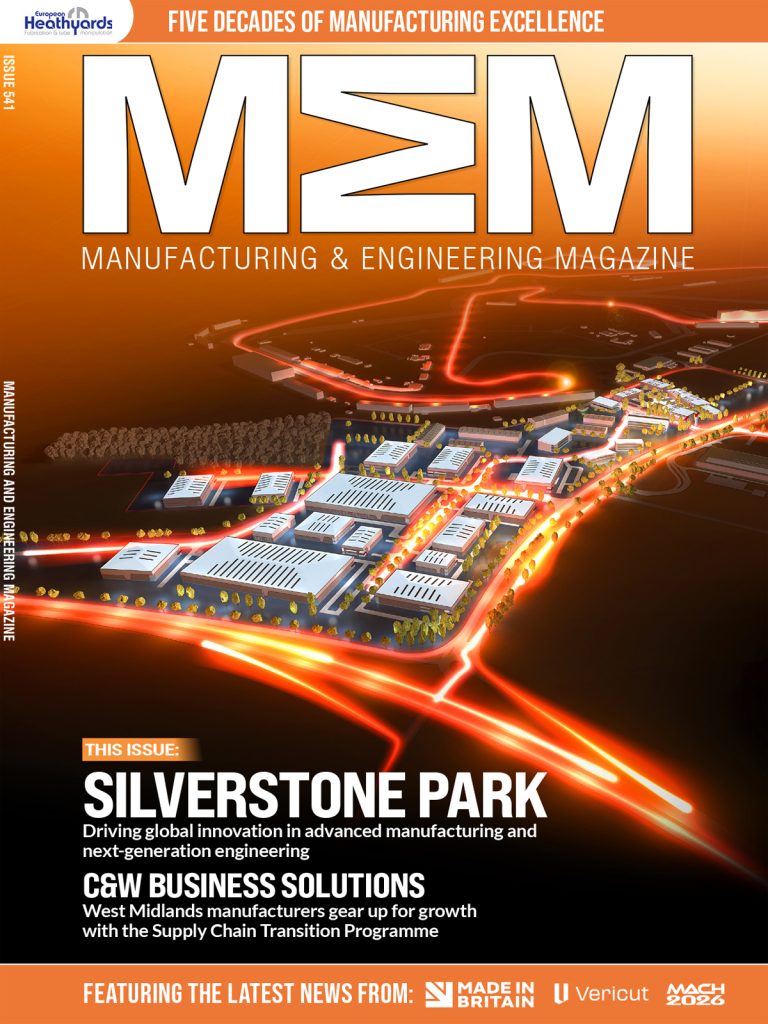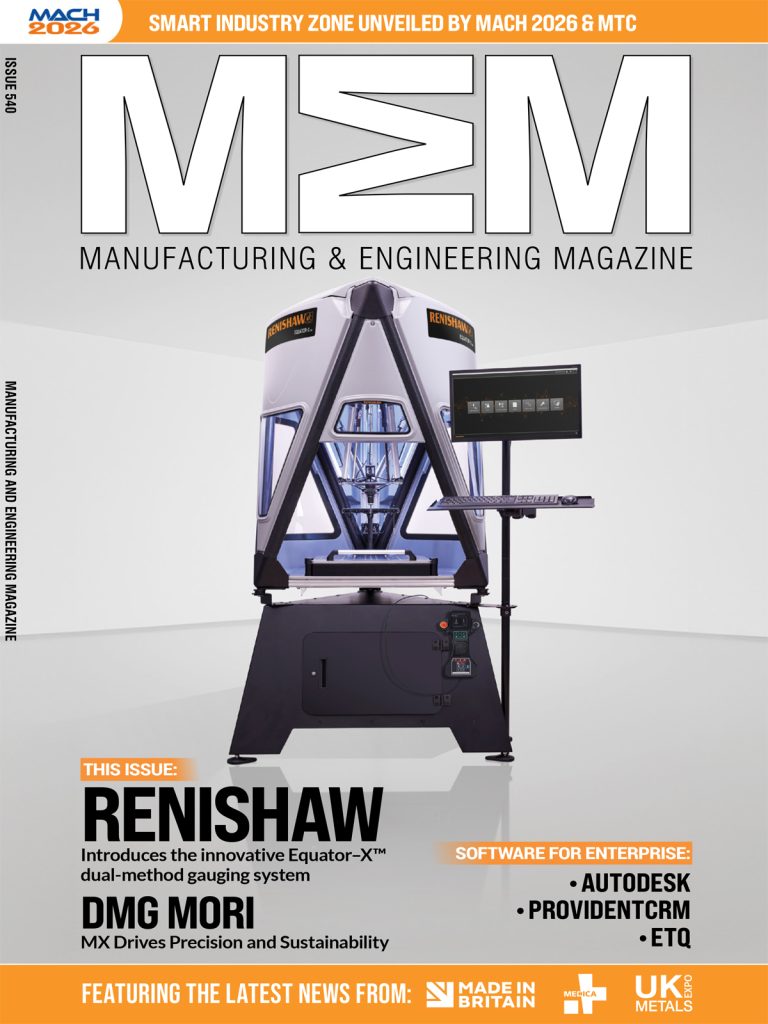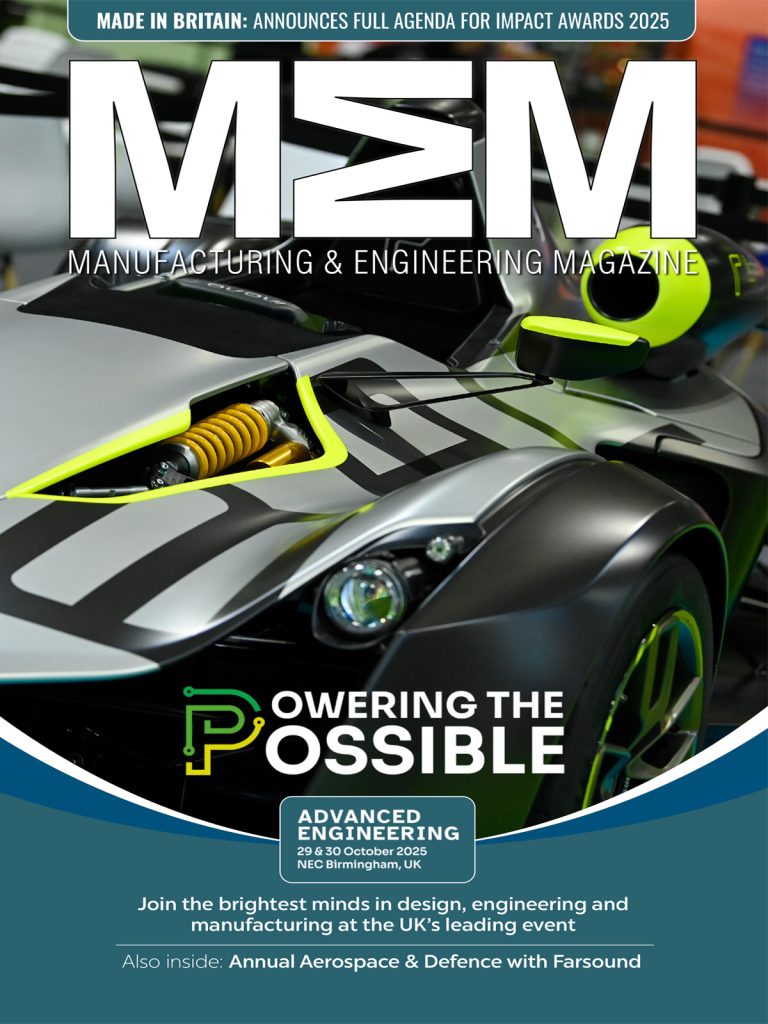Companies trading electric components — particularly those in the electric vehicle (EV) and energy sectors — face the challenges of tariffs, environmental directives, and compliance requirements. Here, Saqib Saeed, Chief Product Officer at PTR Inc. and CWIEME Berlin advisory board member explores the trade policies impacting the electric component industry and best practice for companies wanting to remain compliant.
EV imports
One of the most pressing issues in the trade of electric components, especially in the EV market, is the increase in tariffs on EV imports from China.
The European Commission has very recently imposed an additional tariff of as much as 35 percent on Chinese EVs, on top of the existing 10 percent. While negotiations are ongoing, both sides are seeking a resolution to avoid further escalation.
One proposed solution is a minimum price commitment for Chinese EVs entering the European market. However, the dynamics could shift significantly with the re-entry of Donald Trump into the White House. His renewed stance on imposing tariffs on Chinese goods may pressure the European Union to align with similar measures.
This decision is part of the EU’s effort to counter what it sees as unfair competition, aiming to level the playing field against Chinese firms that benefit from government subsidies, which makes their products highly competitive.
As a result, the intent behind these tariffs is to shield Europe’s promising EV market from heavily subsidised competition and support local industry development.
The newly enforced measures are to last for five years, meaning that companies need to monitor such, and similar, trade developments closely in years to come.
Another area that might become a trade battleground is semiconductor chips. In 2024, the European Commission has been closely evaluating its reliance on China for chip supplies, particularly in the automotive sector.
While European companies have historically maintained dominance in this space, there is growing concern that China could leverage its advanced progress in EV development to gain a competitive edge in chip manufacturing as well.
Meanwhile, the United States is preparing to intensify this global contest by implementing export restrictions targeting up to 200 Chinese companies. These measures aim to block China’s access to critical chips that could accelerate advancements in AI and related technologies.
Battery requirements
Another significant regulatory shift pertains to the European Union’s focus on battery sustainability and recycling standards, set to take effect in 2027.
Under this regulation, all EV batteries sold in the EU must contain a specified proportion of recycled materials, including critical components like lithium, cobalt, nickel, and lead.
The aim is to ensure that valuable materials are efficiently recovered at the end of a battery’s life cycle and reintroduced into the economy to support sustainability goals.
Stricter targets for recycling and material recovery will be adopted over time, with a goal of recovering 50 per cent of lithium by 2027, increasing to 80 per cent by 2031. Additionally, importers are required to thoroughly document and verify the recycling processes for these materials.
This regulatory effort intends to reduce environmental impact by mandating transparency and accountability in sourcing practices.
Moreover, a “battery passport” system will also come into effect, obliging manufacturers to disclose the carbon footprint and supply chain details of each battery.
For companies involved in the EV and battery sectors, these requirements signal an urgent need to ensure end-to-end transparency within their supply chains.
From tariffs to transparency
Tariffs, such as those on the aforementioned Chinese EV components, could impact cost structures and profit margins, particularly for companies heavily reliant on imports from Asia. This is at a time when supply chains are already facing strain as they adjust to new sustainability and transparency standards.
Regarding the EU’s battery recycling and passport, a key requirement mandates the documenting of content and sourcing of critical minerals, like lithium, cobalt and nickel throughout the supply chain.
This will be especially challenging for companies operating across multiple continents, as differing regulatory frameworks and standards can complicate compliance.
Beyond EV components, companies producing transformers and electric motors are also subject to stricter energy efficiency standards under the EU’s Eco-design Directive.
With each revision, the directive’s efficiency requirements grow more stringent, pushing manufacturers to adopt new materials and processes.
In some regions, the industry is resistant to these standards due to supply chain limitations and increased production costs.
This resistance is particularly evident in the U.S., where there has been pushback against stricter transformer efficiency requirements amid an already strained supply chain.
For companies in Europe, however, adherence to these regulations is crucial because the risk of non-compliance could mean exclusion from critical markets.
Staying informed and compliant
It must be recognised that meeting regulatory demands is no longer a matter of simple box-ticking exercises but a strategic priority with significant financial implications.
One way to avoid non-compliance is to set up dedicated compliance teams or task forces.
Large corporations may also benefit from engaging professional trade advisory services, especially when dealing with multi-regional supply chains affected by policies like the Carbon Border Adjustment Mechanism.
Regular engagement with industry associations and attendance at trade fairs is another effective way to stay informed.
Events, such as CWIEME Berlin, offer valuable opportunities for companies to learn about upcoming regulations, new technologies and best practices.
Networking among these forums allows businesses to share compliance strategies and gain insights into new developments, helping them stay ahead of regulatory changes.
As the regulatory landscape for electric components continues to evolve, particularly with the looming 2027 battery passport requirement, companies that fail to meet transparency standards risk being excluded from valuable partnerships and supply chains.
Therefore, now is the time for major Original Equipment Manufacturers (OEMs) to prioritise suppliers who can provide full transparency in their sourcing and production practices.
The keeping up with trade policies and regulatory requirements not only avoids costly fines and delays, but also positions companies as trusted players in the electric components market too.
For more highlights from the 2024 event, or to register your interest for the 2024, visit the CWIEME Berlin website.
Manufacturing & Engineering Magazine | The Home of Manufacturing Industry News
